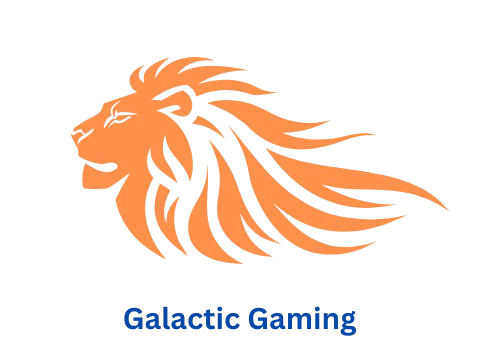In the consistently extending computerized scene, website composition remains as a foundation, ceaselessly developing to fulfill the needs of clients and mechanical headways. From the beginning of fundamental HTML pages to the unpredictably created client encounters of today, the excursion of website architecture is an intriguing story of development, inventiveness, and usefulness.
1. The Beginning of the Internet: HTML and Fundamental Plan
The origin of the Internet in the mid 1990s denoted the start of website architecture. Sites were straightforward, comprising basically of text and static pictures. HTML (Hypertext Markup Language) was the essential language utilized for organizing content, and plan components were moderate, driven more by usefulness than style.
2. The Ascent of CSS: Adding First impression to Significance
As sites turned out to be more mind boggling, the requirement for a detachment of content and configuration became clear. Flowing Templates (CSS) arose as the arrangement, permitting https://truestudios.de/ website specialists to control the visual show of site pages freely of the substance. This partition made ready for additional refined plans, with components like textual styles, tones, and designs becoming adaptable.
3. The Time of Glimmer: Media and Intelligence
In the last part of the 1990s and mid 2000s, Macromedia Streak acquired fame for its capacity to make profoundly intuitive and sight and sound rich web encounters. Streak based sites charmed clients with livelinesss, games, and real time video. Be that as it may, Streak had constraints with regards to availability, Website design enhancement, and versatile similarity, prompting its possible decrease in the last part of the 2000s.
4. The Responsive Upset: Planning for Each Gadget
With the multiplication of cell phones and tablets, the requirement for sites to be available and easy to understand across gadgets became principal. Responsive website composition arose as the arrangement, permitting sites to adjust flawlessly to different screen sizes and directions. Adaptable networks, media questions, and versatile pictures became fundamental apparatuses for fashioners to make liquid and responsive designs.
5. The Time of Client Experience (UX): Putting Clients First
As the web developed, so did the emphasis on client experience. Client driven plan standards became integral to making sites that looked great as well as worked naturally and effectively. Architects started focusing on elements like convenience, openness, and human-PC connection to guarantee that sites addressed the issues and assumptions for their clients.
6. The Appearance of Level Plan and Material Plan
Lately, plan patterns, for example, level plan and material plan have acquired conspicuousness, accentuating effortlessness, clearness, and moderation. Level plan shuns embellishments like slopes and shadows for clean lines and strong varieties, while material plan utilizes material surfaces, practical lighting, and inconspicuous livelinesss to make a feeling of profundity and authenticity.
7. The Fate of Website architecture: computer based intelligence, VR, and Then some
Looking forward, the fate of website composition vows to be considerably really interesting and groundbreaking. Man-made reasoning (artificial intelligence) is as of now being utilized to customize client encounters, robotize configuration processes, and enhance site execution. Computer generated reality (VR) and expanded reality (AR) are additionally ready to alter website architecture, offering vivid and intuitive encounters that obscure the lines between the advanced and actual universes.
All in all, the excursion of website composition from its modest starting points to its present status is a demonstration of human resourcefulness and imagination. As innovation keeps on developing, so too will the field of website composition, molding the manner in which we cooperate with and experience the web-based world long into the future.
